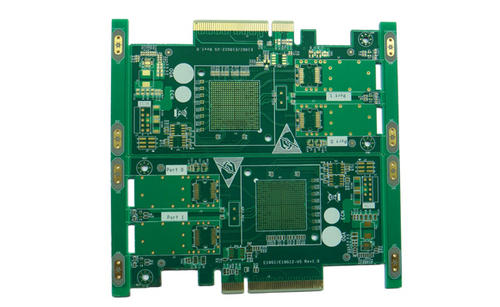 +86 755 2794 4155
+86 755 2794 4155  sales@knownpcb.com
sales@knownpcb.com
-
Shenzhen KNOWNPCB Technology Co., Ltd.
 +86 755 2794 4155
+86 755 2794 4155  sales@knownpcb.com
sales@knownpcb.com
 2023-09-16
2023-09-16
 866
866

There are many knowledge points about PCB, and it is difficult for one to understand them in a short time, but basic common sense still needs to be learned quickly. So, do you understand the basic knowledge of PCB sampling?
1. PCB measurement unit
The unit of measurement for PCBs is usually English units, not metric units.
The units of dielectric thickness, conductor length, and width are usually in inches or mils. 1mil=0.001in, 1mil=0.0254mm
The thickness of a conductor is measured in ounces (oz, where the mass of a metal conductor refers to the mass of 1 inch of material),
Commonly used thickness is 0.5oz=17.5 μ m. 1.0oz=35.0 μ m. 2.0oz=70.0 μ m. 3.0oz=105.0 μ M.
2. Physical characteristics of PCB transmission lines
In PCB proofing, the length L and width W of the transmission line are usually set by the PCB layout engineer. The width and spacing of transmission lines are generally not less than 5mil; The thickness H of the transmission line varies depending on the manufacturing process, usually ranging from 0.5 to 3oz.
3. Oscilloscope
Oscilloscope is a basic tool in high-speed PCB design analysis, as high-speed digital signals are square waves that contain high energy and a large number of odd harmonics. With the upgrading of technology, the wavelength decreases, and the rise and fall times decrease, resulting in more harmonics. The performance of an oscilloscope can affect the analysis of a PCB, and it is generally necessary to consider the bandwidth and sampling frequency of the oscilloscope. Low cost and high-performance oscilloscopes may not display some important information in high-speed PCB design analysis, such as signal interference, undershoot, overshoot, power supply noise, etc.

Or call +86 755 2794 4155
Inquiry Now

